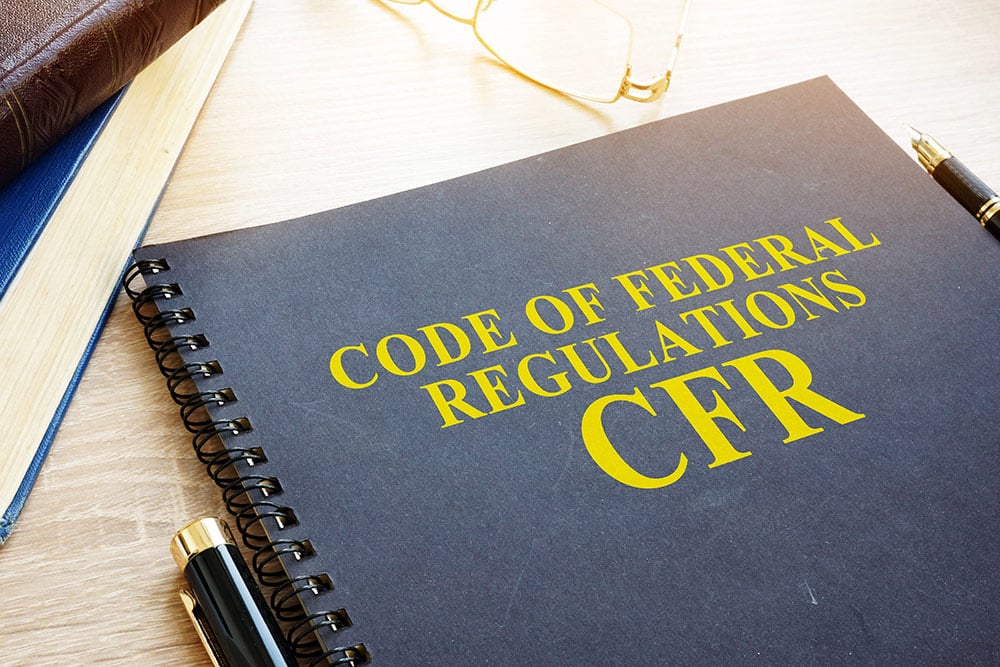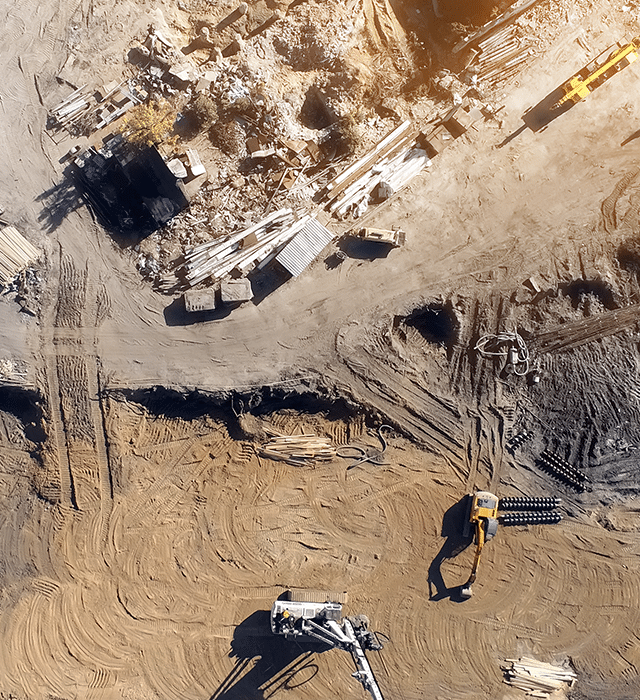Amidst all the rules, regulations, safety inspections, and safety compliance that you’re already responsible for as industrial leader, employee training is one such necessity that employers and regulators can actually agree on. Training improves not only the quality of our workforce’s efforts, but also keeps them and the worksite safe and operating continuously.
Beyond what’s required, dedicating time and energy to employee training improves job satisfaction, encourages elective professional development, and ultimately transforms the floor worker of today into the manager of tomorrow. Many feel that during busy seasons or under less-than-ideal conditions, OSHA training requirements can slow things down or otherwise inconvenience our workforce. Actually, it’s the opposite. Let’s take a deeper look.
What are the OSHA training requirements, and how can you meet or exceed them? What are the common difficulties and pitfalls associated with regulated employee training, and how can they be avoided?
The Training Requirements
Our workforces face constant change. Older employees retire and new employees (usually with considerably less experience) take their places. On any given team, you may have one employee with two years of experience, another with 10, and still one more with 30. Additionally, the training requirements themselves are subject to change.
Some employees need training for the first time while others will benefit from being trained again in a new system or with a new piece of technology added to the mix. So how can you be expected to bring them all up to a standard of training that simultaneously makes employees stronger and OSHA happy? One answer is employee involvement in the training process. Find out their specific understanding on a safety topic and build from their and apply it to the specific tasks of their work.
At face value, OSHA’s requirements look deceptively simple. Among OSHA’s listed employer responsibilities, those pertaining to training are as follows:
- Employers must provide safety training. Safety training must also be offered in a way that the employee understands (in a graspable language and vocabulary).
- When hazardous chemicals are handled in the workplace, employers must develop and implement a written hazard communication program and train employees on the hazards they are exposed to along with all the proper precautions. Safety data sheets must also be readily available.
- In some circumstances, you may have to commit to medical checkups and some medical training for your workforce.
- All training must be documented and those documents must be maintained.
Outside of these training obligations, employers are also responsible for providing their employees with certain types of information. A list of those responsibilities can be found here. As it is, though, these requirements seem simple enough, right?
The Usual Difficulties
To make matters more complicated, certain states require more or less training on a more or less frequent basis than OSHA alone. Certain training programs, like OSHA 10 and OSHA 30 (bearing numbers representative of the hours each program takes to complete) may be mandated in your state of operation on a periodic basis. And considering the machinery or materials your employees work with, you could be on the hook for additional, industry-specific training to meet state and federal guidelines.
Initial, annual, and periodic training programs also depend on your specific industry and the tasks that various types of employees perform. State OSHA requirements change between general industry and construction, maritime operation and agriculture, further complicating what’s expected.
One seeming minor responsibility—maintaining documentation on training—can trip many employers up long after the hard work’s already been done. Soggy manila folders in a file cabinet no longer cut it. You’ll need a digital storage solution for long term, cloud-managed documentation on any training you perform.
When taken together, and though they may seem simple, OSHA’s training requirements can actually involve quite a lot of thought beyond safety pamphlets, sign-in sheets, and accident reports. But there’s a solution for that too.
HealthSafe Make Sense of OSHA Standards
Falling short of compliance can cost you more than the time and money needed for additional training. To keep your business running smoothly, your employees safe and happy, and your workforce evolving to keep pace with both employee turnover and changing industry standards, you’ll need an expert in OSHA standards by your side.
HealthSafe has worked closely with its clients throughout the years to collectively raise training standards and best practices to the benefit of all involved; and do it effectively with minimal or no additional safety meeting downtime. Ask us how – today.
OSHA’s seemingly minimal standards may seem easy enough to match, but the reality involves a great deal more thought, paperwork, infrastructure, and sourcing.
To get back to work and inspire peace of mind across the board (for employees, management, and OSHA inspectors alike) call HealthSafe for extra assurance.
We understand OSHA training standards from A to Z so that you don’t have to.
Anticipating compliance needs can leave us dizzy, and at times, it seems like questions far outnumber answers. Do we need this in our state? Is this required of our industry? Is our record keeping good enough? But you don’t have to go it alone. HealthSafe can get you on track to easy compliance and regular training without leaving a doubt in your mind. Contact us or call (800) 290-4230 today to learn what we can do for you.




